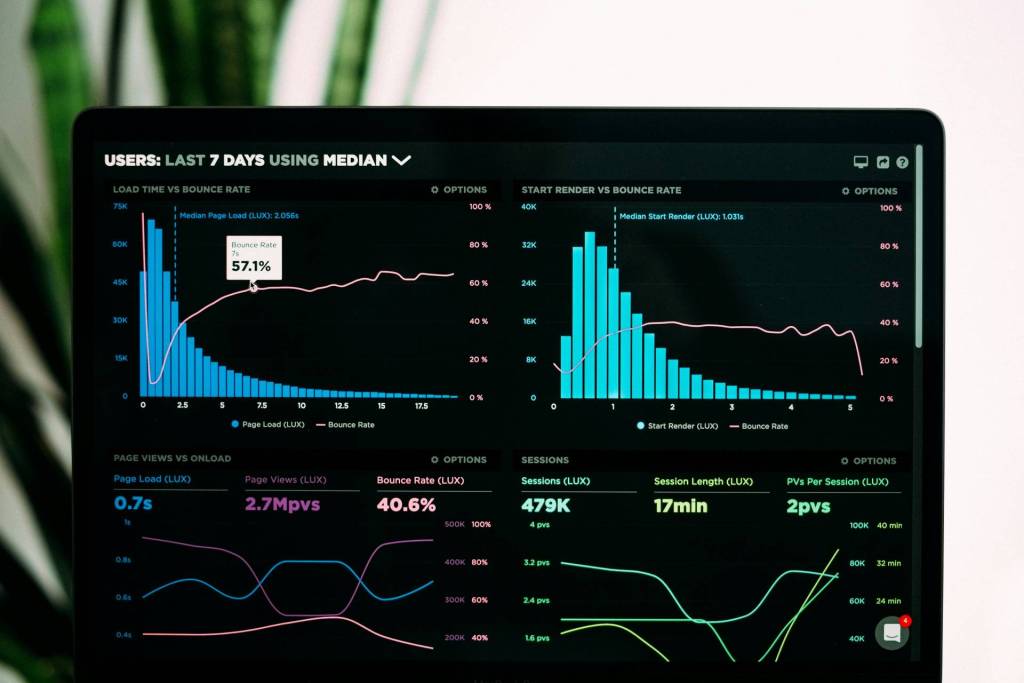Branding your company, products, and services has always been important—even more so today as we have access to brands from all over the world fighting for relevance in the consumer’s mind. That means you need to find new ways to stand out to gain attention.
I recently heard about an interesting study where researchers, using MRI technology, found that the average consumer experiences a popular brand like Apple in the same way emotionally as nuns view deeply religious passages from the Bible.
It means you need to touch both the left brain and the right brain of people—to appeal to both the rational side (the value-added side) and the emotional side (the “I don’t care how much it costs; I want it anyway” side). It’s about using a whole brain approach as you differentiate your products and services.
You don’t have to compete on price
Differentiating is an easy word to say but not that many brands actually do it well. Why? Because they don’t realize there are many ways to compete. Most companies compete on price. Not Apple—they compete on design, user experience, technology, loyalty, and a host of other key areas that keep them from having to compete on price. That’s why you need to have a brand strategy that goes beyond price and that focuses on all of the other ways you can compete.
Remember that technology is driving change faster than it ever has before, and this greatly affects your brand strategy. We’re no longer in a period of rapid technological change; we’re in a period of rapid technological transformation that is redefining how we buy, sell, market, communicate, collaborate, innovate, train, and educate. Therefore, from a brand standpoint, you have to develop a strong brand migration strategy based on these transformations. It’s about asking, “How do we become more relevant in a world of transformational change?” If you don’t, you will be seen as increasingly less relevant!
Think about this: The first Apple Macintosh computer was launched in 1984. You can still get a Mac today, but a Mac back then and a Mac today are two very different things. The brand has evolved in our mind—it means something different today than it did back then—but yet even back then the brand meant some of the same things it means today. Apple was never the lowest cost; it was always a premium price. Yet it always provided a better customer experience. The brand has stayed true to itself, even though it evolved and increased its relevance in the consumer’s mind.
At the same time, with technological transformation taking place, Apple has been a poster child for how to grow your business around creating new brand extensions—think iPod, iPod Touch, iPhone, and iPad. The consumer never asked for any of those things. Rather, Apple was looking at the predictable and transformative nature of accelerating processing power, storage, and bandwidth as it created new must-have products. They continue to evolve and extend their brand as they continue to stay true to what Apple means in the eye of the logical left brain and the emotional right brain of the consumer.
How to rise above the brand noise
So to rise above the brand noise of today, you have to make sure you have a long-term anticipatory brand strategy in mind. That way you will have longevity and continued relevance. And when it comes to expanding your product or service line, you need to do a lot of pre-planning based on hard and soft trends. Too often, companies jump on the bandwagon and throw something out there to see if it sells. A better approach is to first ask, “Is this confusing our customers or potential customers, or is this staying true to what our brand is all about?” I’ve seen many brands throw things into the marketplace that have actually diluted the brand, such as Mercedes buying Chrysler.
Both the good and bad news is that things are going to shift even faster over the next five years than they have over the last five years. With that in mind, it’s more important than ever to be anticipatory. So let me share with you the top three emerging trends that businesses can’t afford to ignore, because if they do, it will negatively affect their brand.
- People’s primary computer is becoming their Smart Phone and Smart Tablet. That means your website needs to be maximized for mobile.
- Enterprise level apps, such as for sales, logistics, and purchasing, are emerging. There are an endless number of apps you can create quickly and inexpensively that can give you new capabilities to reach employees, business partners, and consumers.
- Virtualization and cloud computing will expand exponentially. We are virtualizing our desktops, servers, and storage. That means data is being stored on remote servers and accessed either in a wired or wireless way “in the cloud.” The cloud can be a multimedia data center with various things in it, and it will only expand and include more things next year than it does today.
Pay close attention to your brand, as it is now and as it transforms in the coming months and years, as well as these three emerging hard trends. When you do, you’ll have the ability to innovate faster, be more agile, get to market at lower cost, and extend your brand in new and powerful ways.
Author:
Daniel Burrus is considered one of the world’s leading technology forecasters and business strategists, and is the founder and CEO of Burrus Research, a research and consulting firm that monitors global advancements in technology driven trends to help clients better understand how technological, social and business forces are converging to create enormous, untapped opportunities. He is the author of six books, including the NY Times bestseller Flash Foresight: How To See the Invisible and Do the Impossible as well as the highly acclaimed Technotrends. Be sure to check out Volume 2 of Daniel’s Know What’s Next Magazine; an annual publication on strategies for transforming your business and future.














